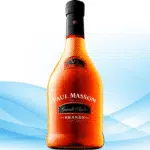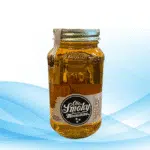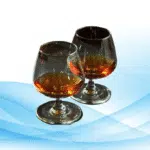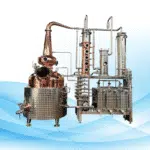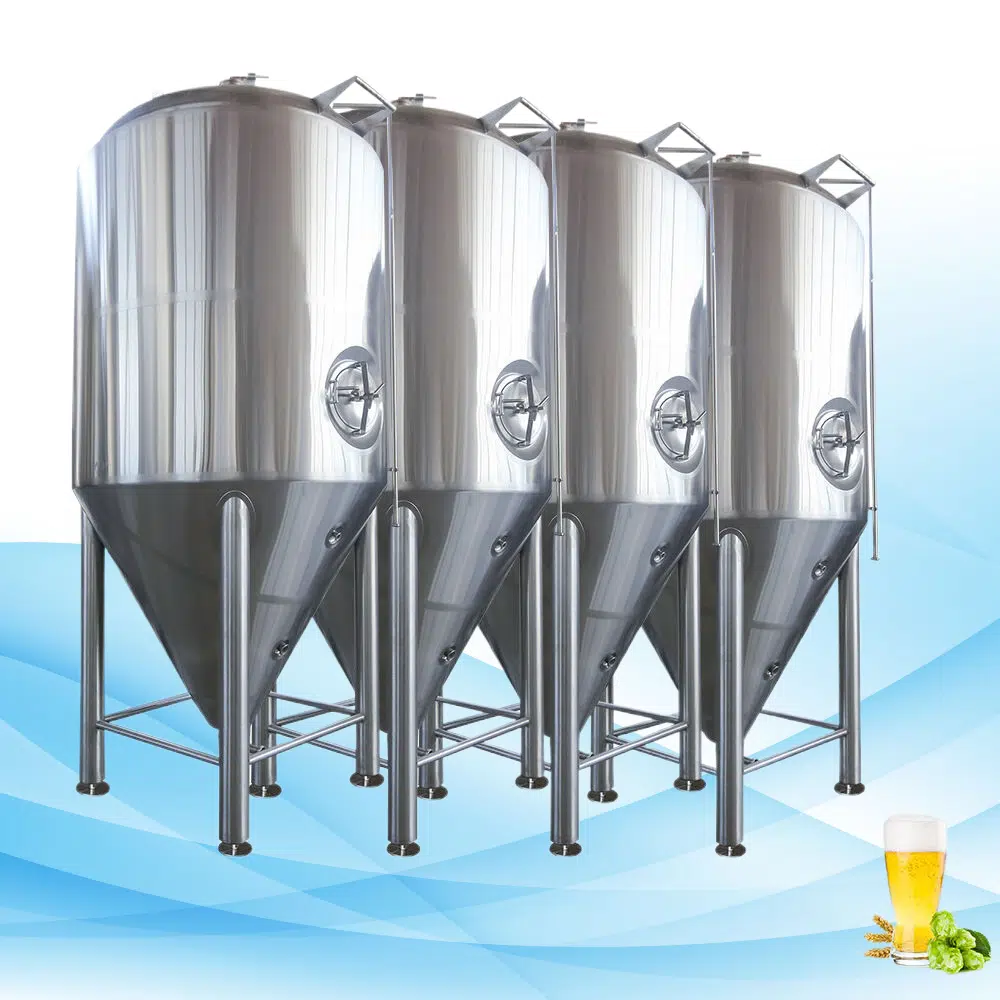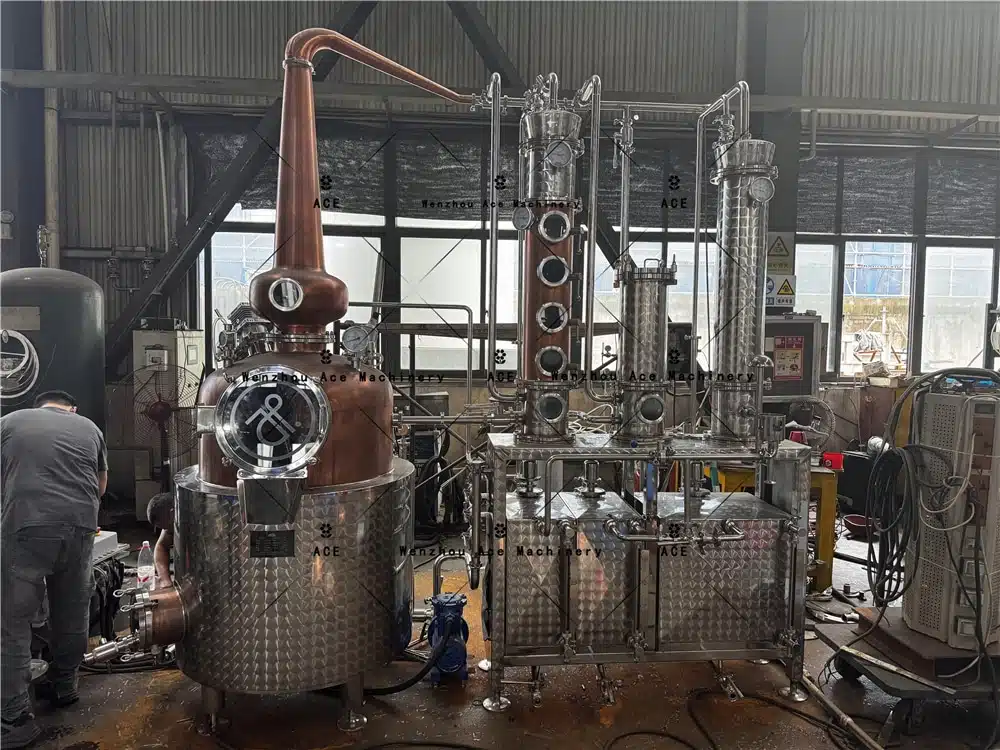Understanding Gin Stills
the Best Gin Still are necessary for distilling alcohol that has been fermented with botanicals to produce gin. The type of still used can greatly affect the taste, smoothness, and character of a gin. Several kinds of gin stills exist, each with its own advantages and disadvantages.
Gin Still Types
- Pot Stills: Pot stills are classic and widely used because they create gins that have more flavor. These require multiple distillations to achieve high alcohol content but give greater control over how flavors are extracted during distillation.
- Column Stills: Column stills (also called continuous) can make large quantities of consistently good quality gins compared to pot stills which use more energy per batch. This makes them ideal for distilleries that focus on volume production.
- Hybrid Stills: Hybrid stills combine features from both pots and columns so that different distilling techniques can be tried out by the distiller. They are therefore very suitable for small-scale enterprises that need to strike a balance between efficiency in production and quality output.
Components of a Gin Still
Knowing what components make up your gin still is important if you want to choose wisely when purchasing one. Below are some common parts found in most types of gin stills:
- Boiler – Where heat is applied initially leading to vaporization of alcohol; size & material choice may affect the process, e.g., copper removes sulfur compounds better, hence recommended.
- Condenser — Cools the vapor back into liquid form; it should be efficient for pure strong spirit production
- Column Plates — In column or fractionating type gins still s there are series plates inside column which allow repeated vaporization/condensation thus raising purity levels
Selecting a Gin Still
For small-scale operations considering setting up their own micro-distillery, here are things worth looking at before settling on any particular kind or model:
Production Volume
This is determined by how much gin one plans to produce within a given period of time.
- Small Batch Production: When making small quantities at once (artisanal or boutique gins), pot stills may offer better flexibility during distillation, hence achieving unique flavor profiles, but hybrid ones are also suitable.
- Larger Scale Production: If intending on producing large volumes then efficiency becomes a key factor, so column still should b used since it’s capable of maintaining consistent quality throughout the production process.
Budget
Budgetary allocation is another major consideration when buying equipment for setting up any business enterprise and in this case, a micro-distillery.
- Initial Investment: It should be noted that initial cost outlay could vary significantly based on size as well type chosen. Pot stills tend to be cheaper, while columns & hybrids require more investment.
- Maintenance Costs: Consider periodic maintenance requirements vis-à-vis durability concerns. Copper stills add taste value, but they’re prone to corrosion hence frequent upkeep unlike stainless steel options which r relatively less demanding in terms of care
Space and Location
Physical space available for use within the building where such installations will take place is equally important if not more crucial than other factors mentioned above.
Space Requirements: Pot stills may need larger floor area due their design shape i.e., wider bottoms narrowing upwards thereby occupying more room vertically whereas column still being narrow can b easily accommodated even where space limited vertically since footprint smaller comparatively speaking
Material and Build Quality
The still’s quality can be affected by two things-the material used to make it and how it is built. Both of these factors also affect the gin produced and the lifespan of this apparatus.
Stainless Steel compared to Copper: The main reason why copper is preferred over other metals when making stills is because its catalytic properties improve both taste and aroma of gins. Nonetheless, stainless steel stills are stronger, hence less likely to break down or need frequent repairs.
Longevity vis-à-vis Durability: By investing in a strong still that will last long due to its sturdy construction using tough materials; one ensures they have an appliance which can stand up under constant usage over many years without becoming obsolete or wearing out easily.
Small distilleries must balance quality, production needs and budget when choosing their still. We the recommended stills is the Ace 100 gallon copper stills which offers both pot and column distillation methods for maximum adaptability and efficiency in small scale operations. This still is built strong with an advanced design, making it perfect not only for those who want to produce great gin but also versatile enough for different types of botanical infusers. If you need to buy, please contact us.

Conclusion
Selecting an ideal still for a small distillery calls for consideration of many things such as; production volume, cost limitation, space availability and material standard. Distillers can choose wisely towards their production targets, while ensuring superior gin products are made by understanding various types of stills plus components -traditional pot through modern column or even hybridized hybrids-. The current competitive world in gin manufacture demands that one should have access to good equipment if they want to succeed in making better gins.

